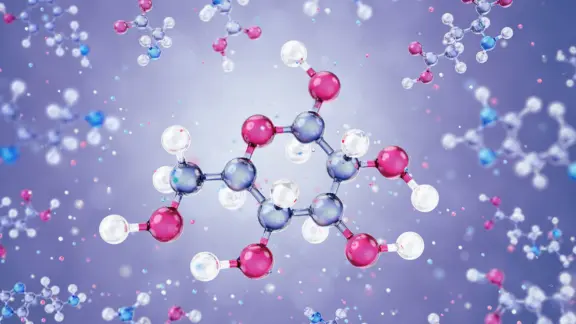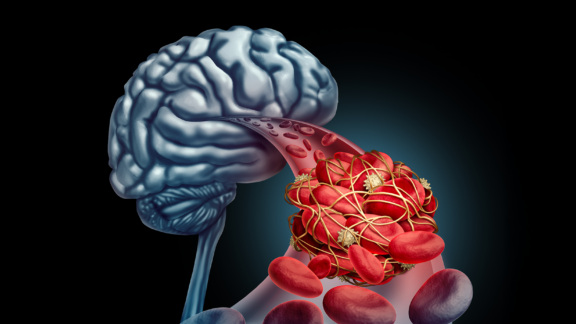Conjugation is a process by which a donor and a recipient cell form a junction via an extracellular appendage called a mating pilus, allowing genetic material to be transferred from the donor to the recipient. The conjugation machinery is typically encoded by plasmids or transposons and mediates the transfer of cognate mobile genetic elements, such as antibiotic resistance genes.
While conjugation is well-known in bacteria, less is known about this process in archaea. The researchers found that the archaeal pili are homologous to bacterial mating pili, but the conjugation machinery in archaea has been ‘domesticated’, meaning that the genes for the machinery are encoded on the chromosome rather than on mobile genetic elements.
Overall, this research sheds light on the mechanism of conjugation in archaea and suggests that this process may be more widespread than previously thought.
Learn more about the lipidomics role in this research:
#HorizontalGeneTransfer #lipid #lipidomics #plasmid #archaea




